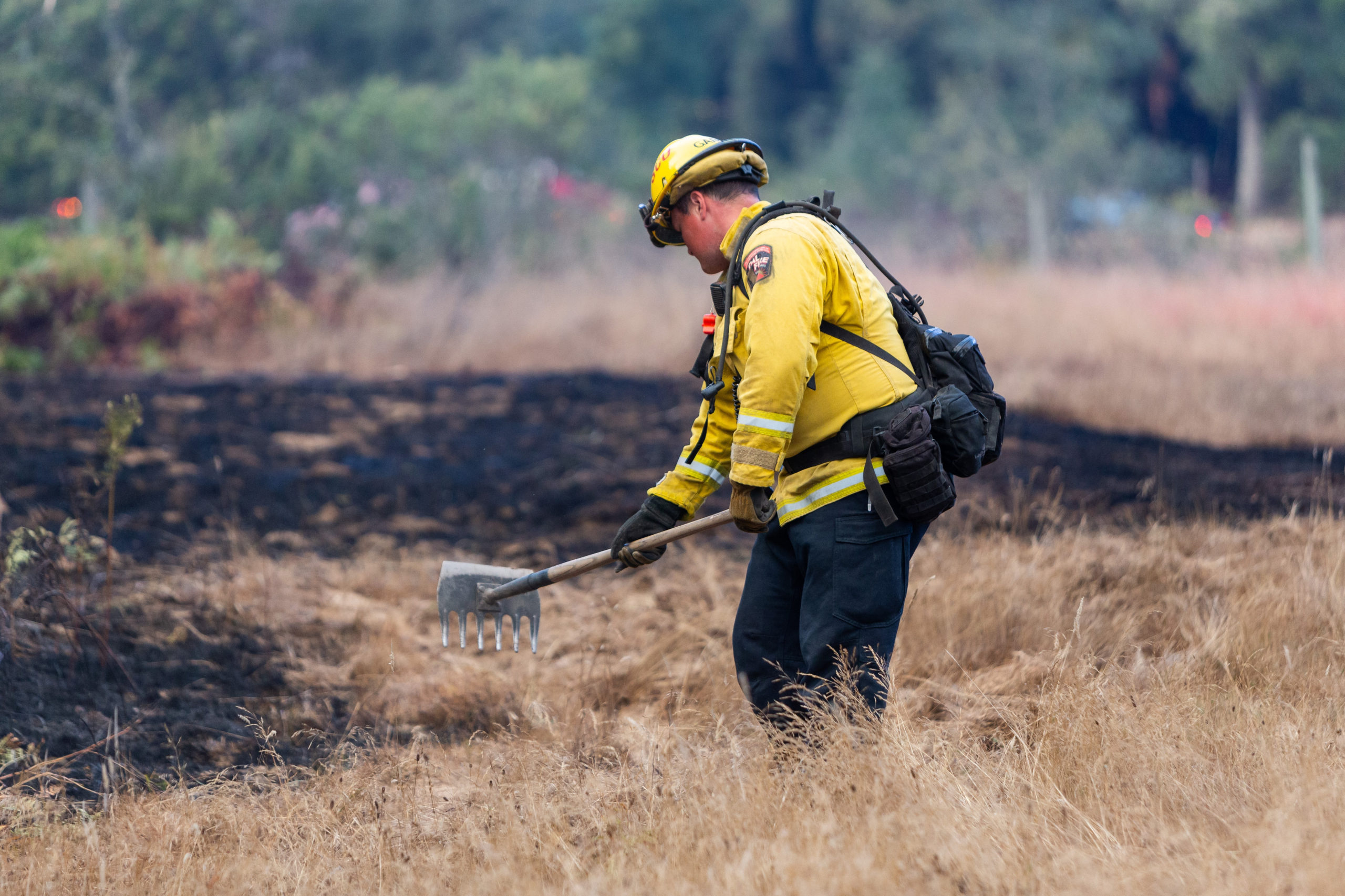Wildfire scientists from around the world are sounding the alarm — either we implement wildfire solutions that work, or we allow wildfires to steadily increase as the world gets warmer.
However, as evidenced by this year’s massive outbreak of fires, it seems that implementing such solutions isn’t going to be easy.
2021’s fire season broke almost every record in the book: 6.5 million acres burned, over 8,000 personnel deployed, and 39 large active fires raged across the U.S. (as of October 15th).
Even more concerning is the fact that the National Interagency Fire Center raised it’s preparedness level to “5” for 69 days in a row, meaning that 80% or more of it’s critical resources to combat fires were allocated to the fight for 69 days straight — a new record for the agency.
To alleviate the constant need for these resources, however, scientists want us to fight fires with two proven methods — land management and policy making.
“Climate change is clearly setting the stage for hotter, drier summers, more flammable forests and, consequently, more frequent and damaging fires. “We’re living in and literally breathing climate change through wildfires,” said Susan Prichard, a forest ecologist at the University of Washington, who was a co-lead author on the papers. But, she said, there are ways to reduce some of the harmful impacts. “I’d love to translate that into practical tools for managers, and also let the public know that it’s not all doom and gloom when it comes to adapting forests to climate change.”
And while there isn’t a one-size-fits-all solution and there’s no single strategy that’s guaranteed to work, wildfire scientists still agree that fire management, when combined with other proven solutions, is both effective and efficient in preventing spread.
“So, if we know what works, why isn’t it happening? “That’s the million-dollar question,” said Lenya Quinn-Davidson, a fire advisor with the University of California Cooperative Extension in Humboldt County and the director of the Northern California Prescribed Fire Council. “The holdup is so multifaceted.” Hurdles include getting vast numbers of private landowners to work together and understand what they need to do, dealing with federal and state regulatory barriers, permitting red tape, an insufficient federal workforce, a lack of funding, the risks stemming from liability and insurance policies, and a deeply ingrained fire suppression mentality.”
Full Story: Why fire experts are hopeful by author Kylie Mohr; originally published on High Country News on November 1, 2021.
Click this link to find free interactive data tools related to wildfire, mitigation, and climate change.

